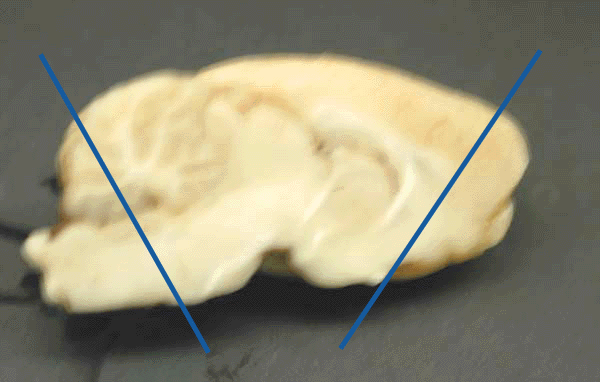
- home
- education
- science
- Minds-on Activities for Teaching Biology
- Next Generation Science Standards
- Remote Ready Biology Activities
- NGSS Biology Activities
- Hands-On Activities for Teaching Biology
- Teaching Climate Change
- Science Education
- Summer Institutes for K-12 Teachers 1995-2010
- Brain & Behavior
- Biology
- Science & Culture
- Complex Systems
- digital humanities
- play
- one world
 © Serendip® 1994 - All rights reserved. Privacy Policy
© Serendip® 1994 - All rights reserved. Privacy Policy
 This game helps students to enjoy reviewing vocabulary related to cells, organelles, and the plasma membrane. Each card in the deck has a target vocabulary word and two related taboo words that the student may not use as he/she gives clues so the other students in his/her small group can guess the target word. Many students have trouble learning the substantial new vocabulary required for biology, and this game lets students have fun while reinforcing their understanding of key terms.
This game helps students to enjoy reviewing vocabulary related to cells, organelles, and the plasma membrane. Each card in the deck has a target vocabulary word and two related taboo words that the student may not use as he/she gives clues so the other students in his/her small group can guess the target word. Many students have trouble learning the substantial new vocabulary required for biology, and this game lets students have fun while reinforcing their understanding of key terms. 

